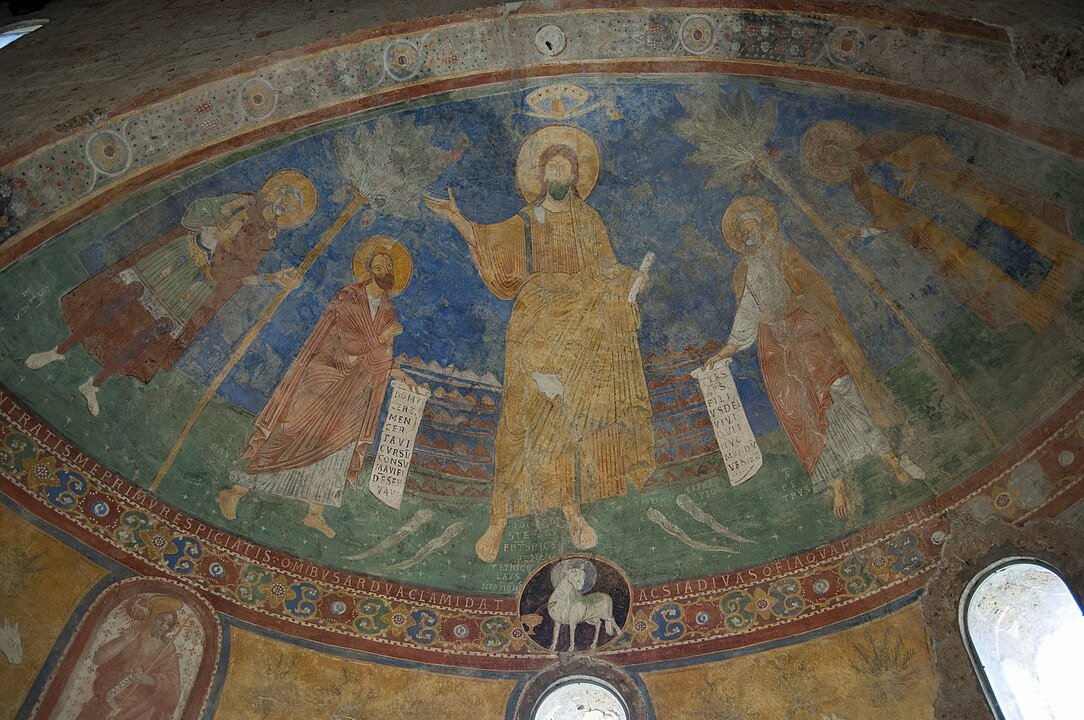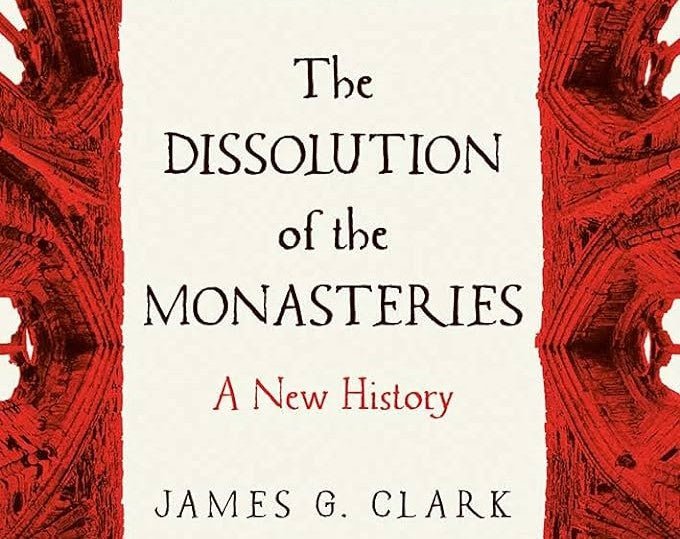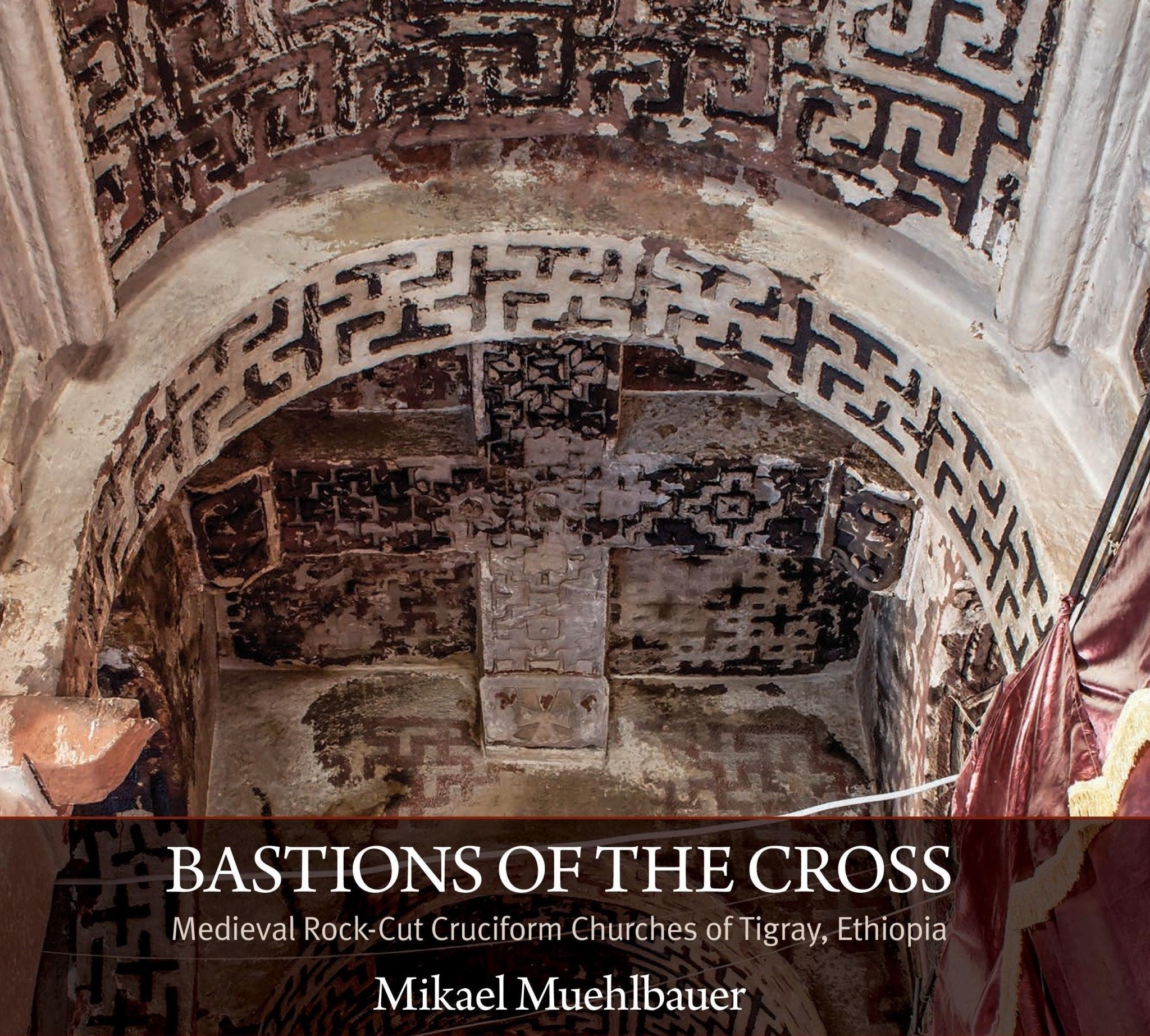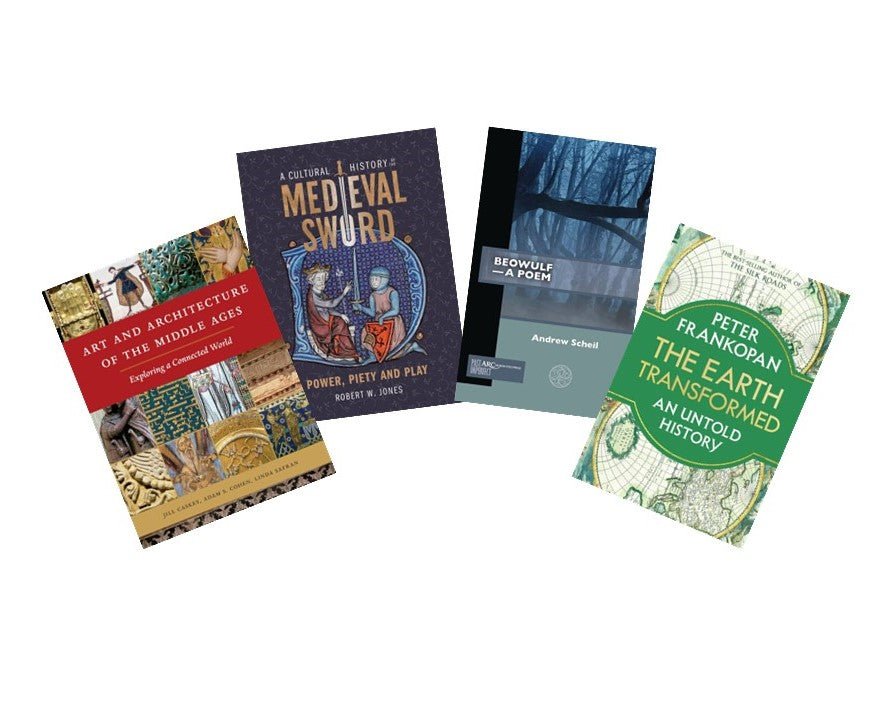“Eyewitness” history and the medieval battle
In the ancient world, it was considered that the only “true” historians were those who watched events firsthand. What could be a more accurate than someone who saw with their own eyes the events they are writing about?
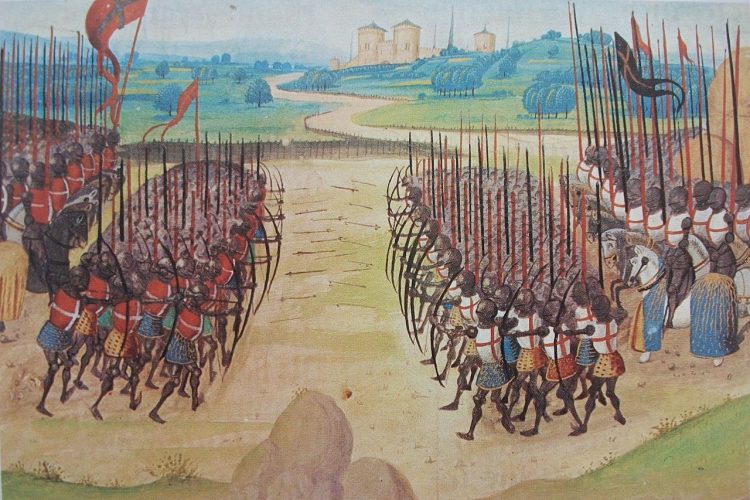
The Battle of Agincourt, 15th-century miniature,
This question is taken up Pierre Courroux, who was speaking this week at the Sixth Annual Symposium on Medieval and Renaissance Studies at Saint Louis University. His paper, “Which Sources Used the Medieval Chronicles to tell What Happened in Battle?” examines accounts of battles where an observer later wrote about them. This includes clerics who travelled with armies, such as Ambroise, who took part in the Third Crusade and wrote Estoire de la Guerre Sainte, Guillaume le Breton, author of Gesta Philippi Augusti and an observer of the Battle of Bouvines, and the anonymous chronicler of Gesta Henri Quinti, who was present at the Battle of Agincourt.
Courroux notes that while these chroniclers describe events from a firsthand perspective, he questions how close they would have been to the action. As non-military personnel, clerics would typically be kept to rear of a battle, perhaps remaining at a camp. Therefore, they probably did not see the battle taking place, but would at least be in a situation where they could get fresh accounts from soldiers and commanders.
While we do have some accounts of battles by people involved in the fighting, Courroux explains that their versions would have had problems as well. Knights and warriors, such as Geoffroi de Villehardouin (who took part in the Fourth Crusade) could have their perspective skewed by being far away from the actual fighting, or being in the midst of it, which would have been a chaotic situation at best.
Another type of eyewitness would have heralds, whom Courroux calls “professional spectators of medieval battles.” However, the reports we do have from them are often limited to describing a few individual feats of prowess and giving lists of those killed or taken prisoner in the conflict. We also have letters by warrior princes and generals, but they are often very limited in their descriptions of fighting and serve more of a purpose as propaganda rather than . factual account.
Courroux concludes that historians should be wary of the reliability of these eyewitnesses, saying “no medieval chronicle could satisfy the modern expectation on what actually happened in a battle.”
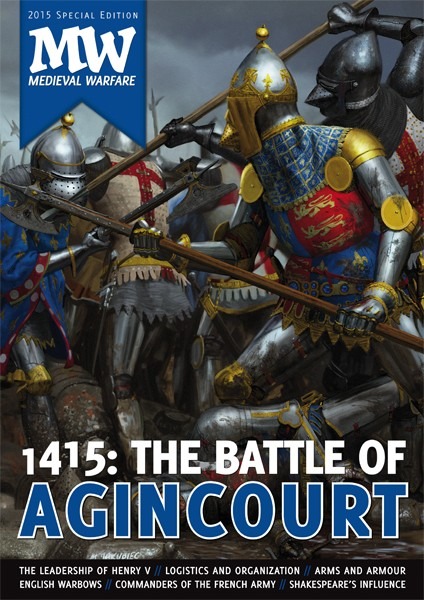 Pierre Courroux is currently a postdoctoral fellow at the University of Southampton. You can learn more about his research on his Academia.edu page.
Pierre Courroux is currently a postdoctoral fellow at the University of Southampton. You can learn more about his research on his Academia.edu page.
You can also learn more about the Battle of Agincourt in our Special Issue.

